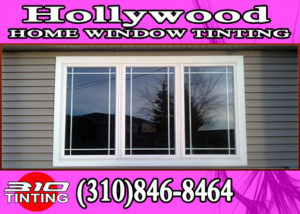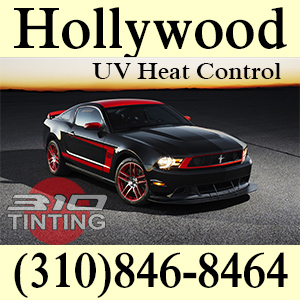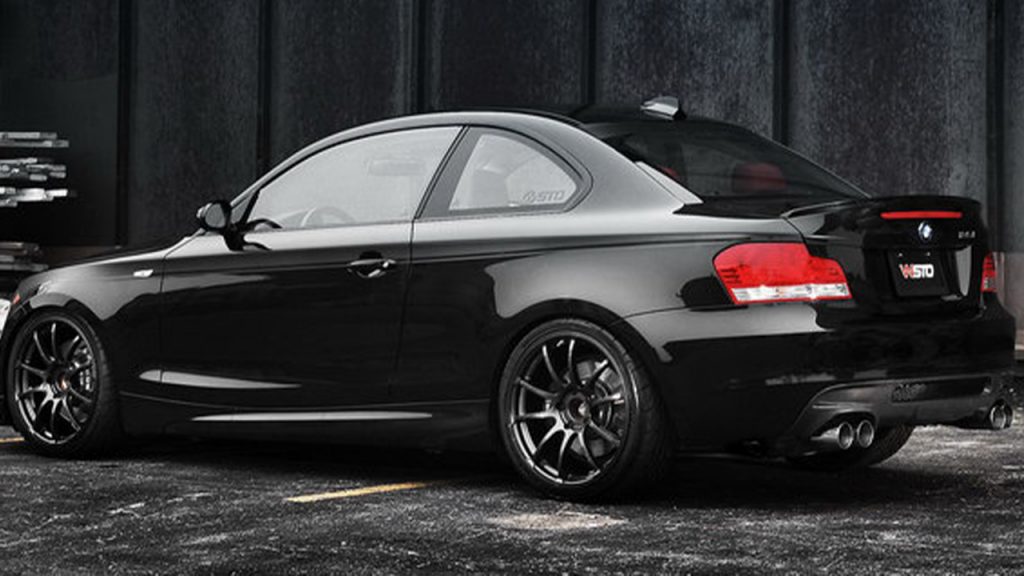Auto Window Tinting
Exposure to sunlight prematurely ages the skin. Damage to the skin caused by prolonged exposure to sunlight is known as photo aging. Exposure to UV light causes fine and coarse wrinkles, irregular pigmentation, large freckle like spots called lentiginous, a yellowish complexion, and a leathery, rough skin texture. Although fair-skinned people are most vulnerable, anyone’s skin will change with enough exposure.
The more sun exposure people have, the higher their risk of skin cancers, including squamous cell carcinoma, basal cell carcinoma, and malignant melanoma. Skin cancer is especially common among people who were extensively exposed to sunlight as children and adolescents and among those who are continuously exposed to the sun as part of their profession or recreational activities (such as athletes, farmers, ranchers, sailors, and frequent sunbathers).
In addition, UV exposure in tanning salons increases the risk of skin cancer and skin damage.
Ultraviolet light
Ultraviolet (UV) light, although invisible to the human eye, is the component of sunlight that has the most effect on skin. UV light is classified into three types, ultraviolet A (UVA), ultraviolet B (UVB), and ultraviolet C (UVC), depending on its wavelength.

UV light (all types) damages deoxyribonucleic acid (DNA—the body’s genetic material), which can ultimately lead to cancer. UV light also has damaging effects such as premature skin aging and wrinkling. Sunburn can also result from UV light, primarily UVB. There is no safe level of UV light.
The amount of UV light reaching the earth’s surface is increasing, especially in the northern latitudes. This increase is caused by depletion of the protective ozone layer high in the atmosphere. Ozone, a naturally occurring chemical, blocks much UV light from reaching the surface of the earth. Chemical reactions between ozone and chlorofluorocarbons (chemicals in refrigerants and spray can propellants) are depleting the amount of ozone in the protective ozone layer.
The amount of UV light reaching the earth’s surface also varies depending on other factors. UV light is more intense between 10 am and 3 pm, in the summer, and at high altitudes and low latitudes (such as at the equator).
Glass, heavy clouds, smoke, and smog filter out much UV light, but UV rays may pass through light clouds, fog, and about 1 foot of clear water, potentially causing severe burns.
Trickier Bill McElligott’s face has two ages
Mr. McElligott is 66-years-old and the drooping; wrinkled, rutted and prematurely aged left side of his face is the result of sunlight pouring through the window of the trucks he drove for 28 years through Chicago, USA.
His damaged face has led to the Cancer Council of New South Wales advising professional drivers to think about getting their vehicles’ windows tinted to reduce sun exposure.

Mr. McElligott’s plight was revealed when he went to a medical clinic after his grandchildren kept asking why his face was so different on one side.
“We are used to seeing photo damage by the sun, photo aging, every day, but I was taken aback when I saw how one-sided this was,” Dr. Jennifer Gordon, a dermatology expert who treated Mr. McElligott, told The Daily Telegraph from Texas.
Dr. Gordon said Mr. McElligott spent so much time in his truck and car that his left side was exposed to UVA rays which can penetrate glass and cause the majority of photo-aging, unlike UVB rays, which cause sunburns.
“UVA can penetrate window glass, which makes his vocation as a truck-driver important,” she said.
Although UVB was traditionally thought to be the wavelength that did all of the damage, we now know that UVA leads to skin cancer development as well, but also is the culprit for photo-aging – the change in texture and wrinkling you see.
“This is likely because UVA penetrates more deeply into the skin, so although you don’t often get sunburnt or develop a tan after exposure to UVA, it causes damage that over time leads to ageing -and can lead to skin cancer.”
Mr. McElligott had told Dr. Gordon that it took him an hour to drive to and from work, and drive his truck delivering milk to shops from early morning to 3pm each day. He had first noticed his skin changing on his left side about 15 years ago.
The Cancer Council of New South Wales said Mr. McElligott’s face, suffering from what doctor’s officially call unilateral dermatoheliosis, was a stark reminder of the damage the sun can do, even while sitting behind the wheel.
Why Preventing Skin Damage is Important
Why is this story about a trucker with wrinkles on one side of his face important? Because, while you may not care about wrinkles, you should care about skin cancer. The harmful UV rays that cause photo-aging skin damage are the same rays that cause skin cancer. These UV rays penetrate glass, causing skin damage without you even realizing it.
The Skin Cancer Foundation reported one in five Americans will develop skin cancer in their lifetime. Skin cancer is very common, especially in people whose jobs expose them to more sun, like truckers, construction workers, landscapers and painters. Fortunately, skin cancer is easy for doctors to spot, and when caught early, is highly treatable. But that doesn’t mean you shouldn’t treat it as a casual concern.
Natural protection
The skin undergoes certain changes when exposed to UV light to protect against damage. The epidermis (the skin’s uppermost layer) thickens, blocking UV light. The melanocytes (pigment-producing skin cells) make increased amounts of melanin, which darkens the skin, resulting in a tan.

Tanning provides some natural protection against future exposure to UV radiation because melanin absorbs the energy of UV light and helps prevent the light from damaging skin cells and penetrating deeper into the tissues but otherwise has no health benefits. Tanning for the sake of being tanned is hazardous to health.
One millimeter deep with melanoma can spreed through your whole body

Sensitivity to sunlight varies according to the amount of melanin in the skin. Darker-skinned people have more melanin and therefore greater built-in protection against the sun’s harmful effects. However, darker-skinned people are still vulnerable to sun damage and the long-term effects of exposure to UV light. The amount of melanin present in a person’s skin depends on heredity as well as on the amount of recent sun exposure.
Some people are able to produce large amounts of melanin in response to UV light, whereas others produce very little. People with blonde or red hair are especially susceptible to the short-term and long-term effects of UV radiation, because they are not able to produce enough melanin.
The melanin in their skin can also become distributed unevenly, resulting in freckling. People with vitiligo have patchy areas of skin that have no pigment. People with albinism have little or no melanin at all.
Treatment
To minimize the damaging effects of the sun, it is particularly important to avoid further sun exposure, wear protective clothing, and apply sunscreens. Damage that is already done is difficult to reverse. Moisturizing creams temporarily plump up wrinkles, and makeup helps hide imperfections in skin color (such as freckles, sun spots, and lentiginous) and some fine wrinkles.
Treatments such as chemical peels, alpha-hydroxyl acids, tretinoin creams, and laser skin resurfacing may improve the appearance of thin wrinkles and irregular pigmentation. Deep wrinkles and substantial skin damage, however, require significant treatment to be reversed.

How to Protect Your Skin
Here are a few things you can do to protect yourself from the sun all day while you’re in your cab:
- Wear sunscreen every day: According to the FDA, sunscreen with SPF 30 is the best option. Anything above SPF 30 is not necessary, and anything below 30 SPF is not effective enough. Reapply the sunscreen often throughout the day.
- Install a UV shield: Your window does not filter all UV rays, but there are products you can put on your window that will. UV shields provide protection from the harmful UV rays. The UV shield won’t protect you from the sun when you step outside your cab, so it’s a good idea to also use sunscreen even if you have a UV shield.
- Wear sunglasses: UV rays can also damage your eyes, even causing cancer. As a driver, your eyes are one of your most important assets.
If you’re a professional truck driver, you get a lot of sun exposure every day, and it’s mostly to the left side of your face. Even in the winter, you are exposed to UV-A rays all day long. And, even if the sun doesn’t feel warm, it can still damage your skin. The UV rays are not diminished by the cold temperatures. So, even when it is 20° below zero, there are still harmful UV rays penetrating the skin and causing damage. When there’s snow on the ground, these rays actually reflect off the snow and become more intense. Even cloudy weather does not offer much protection. Up to 80% of UV radiation can penetrate cloud cover.
310 TINTING - Applications we provide:
Car window tinting in Hollywood | tint removal in West Hollywood | North Hollywood window tinting Laws | CHP police fix it ticket | carbon charcoal ceramic | window tint | front windshield window tinting | Clear Bra | Car Wrapping | Black Matte | Residential window tinting Los Angeles window tinting Commercial | tint removal | house | Home| store | Mall | Shopping Center | ceramic window tinting in Hollywood | North West Metallic window tinting in Hollywood | Dye window tinting films | Hospital window treatment | government security film |office window tinting in Hollywood | Heat Rejection in Hollywood | UV ray window tinting in North Hollywood | sun and radiation in West Hollywood | frost window tinting shades | yacht liner | Marine window tinting | boat | yacht
Hollywood Window Tinting

Residential - Auto - Commercial - Marine
Marine window tinting in Hollywood
Yacht Window Tinting Hollywood
Power Boat Window Tinting in West Hollywood
North Hollywood Window Tinting
Automotive window tinting in Hollywood
Car Window Tinting in West Hollywood
Auto window tinting in North Hollywood
SUV West Hollywood window tinting
Company Fleet Window Tinting in NoHo
Residential Window Tinting in North Hollywood
Home Window Tinting in Hollywood
House Window Tinting in West Hollywood
Sliding Door Window Tinting in Hollywood
Architectural window tinting in N Hollywood
Commercial Window Tinting in Hollywood
Office Window Tinting in West Hollywood
Security Window Tinting in Hollywood
Anti-Graffiti window tinting in North Hollywood
Car Wrapping in Hollywood

